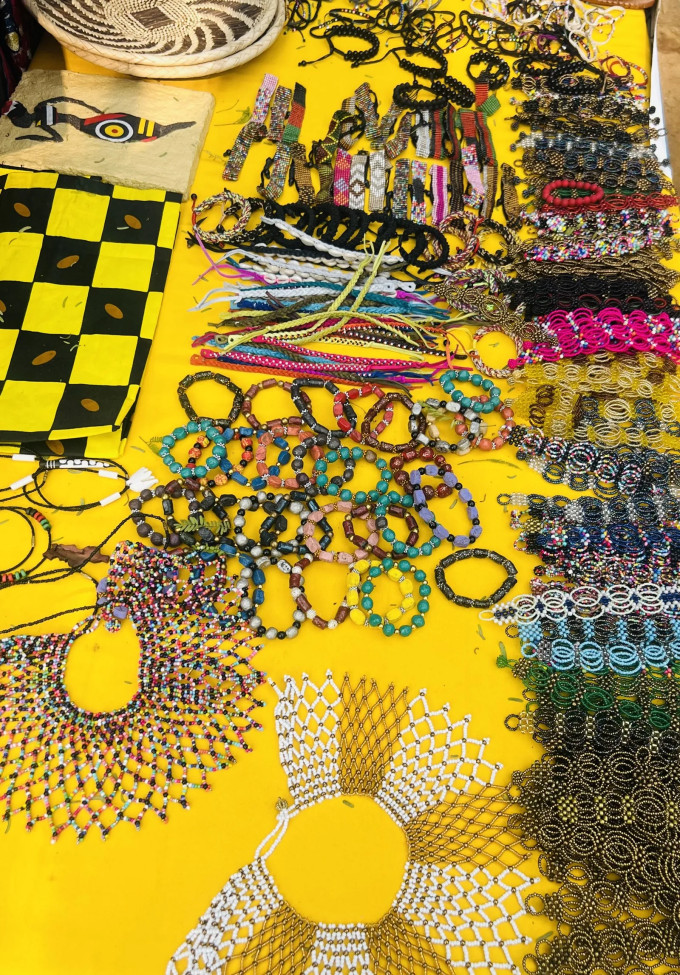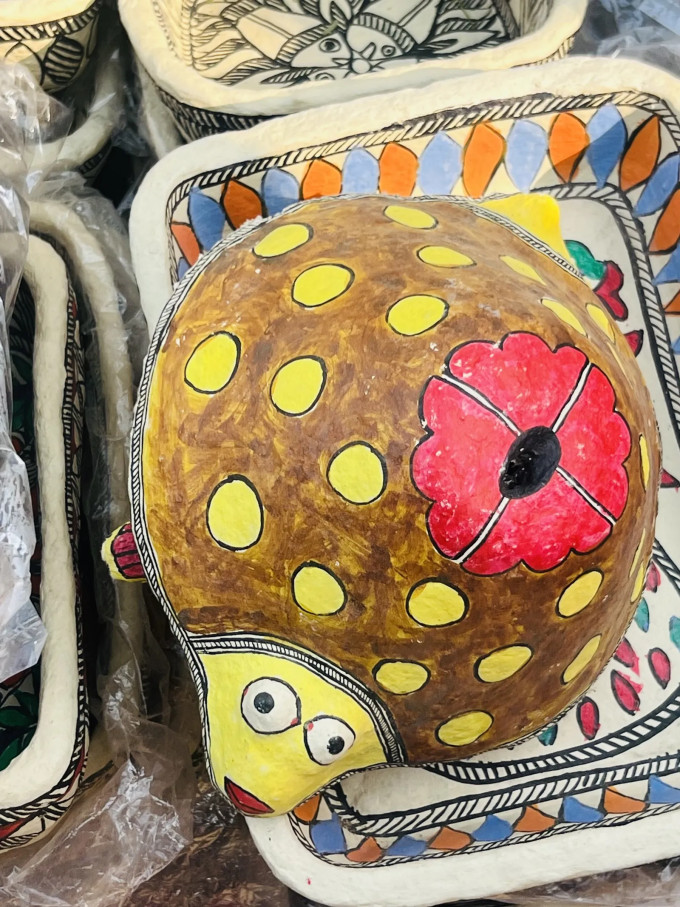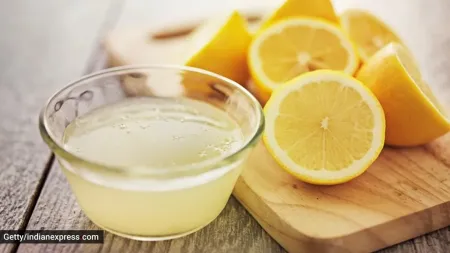Surajkund Mela: A cultural spectacle celebrating India’s diverse arts and crafts
February is when the National Capital cheerfully celebrates the diversity of Indian arts and crafts. From the Surajkund Mela (Feb 2 -18) and Aadi Mahotsav (Feb 10-18) to the Vividhta Ka Amrit Mahotsav celebrating the diversity of the northeastern states at Amrit Udyan and the annual Saras Mela, Delhi revels in Indian arts and crafts as the waning winter and the onset of Basant Panchami set the stage.
Outside the venue of the annual Surajkund International Handicrafts Mela, a serpentine queue of cars is seen amidst the high rises invokes the modern Indian fervor of aspiration and mobility as the 37th edition of the festival is underway in Faridabad. The mela organised by the Surajkund Mela Authority and Haryana Tourism in collaboration with the Union ministries of tourism, textiles, culture, and external affairs is an excellent example of community partnership. It promotes collaborative objectives as part of the different sustainable development goals (SDGs).

Residents of Delhi NCR and tourists from all across the country and beyond get to partake in the cultural extravaganza while artisans get exposure to boost their livelihoods.
The Aravalli Hills, dotted with giant Kikar trees, offer an idyllic setting for the artworks at the mela. Giant lanterns, paper chimes, flowers, and puppets hang from the trees, lighting up the skies. Rural wall paintings, communication messages, colorful murals, candy floss sellers, toy vendors, and panipuri sellers greet visitors. The fair is an essential source of revenue, promoting cultural tourism in the state, and provides a significant glimpse into the world of rural Indian and international crafts.
This year’s theme state is Gujarat with vibrant “Khushboo Gujarat Ki” hoardings and pamphlets welcoming everyone. The Northeastern Handicrafts and Handlooms Development Corporation (NEHHDC) is the official cultural partner of the event.
Phulkari crafts from Punjab, ethnic juttis studded with oxidised pieces of jewellery from Delhi and Rajasthan, Kutchi shawls from Gujarat, paper flowers, traditional dresses, bamboo/cane crafts, bead jewellery from the northeastern states, Banarasi silks from Uttar Pradesh, Kanjeevaram silks from Tamil Nadu, terracotta and pottery works from Khurja, Uttar Pradesh, and a variety of handlooms, fabrics, bedsheets, décor, masks, toys, and other artifacts are featured at the mela, offer a colourful kaleidoscope to relish. In addition, several cultural performances, folk songs, and dances are performed simultaneously at various “chaupals” that imitate amphitheaters.
For food enthusiasts, there are indigenous cuisines and delicacies from across the country, with items like dal bafla, litti choka, pyaaz ki kachori, chole bhature, paan chuski, ragi parathas, and idlis (as part of the government’s “millet” push), momos, noodles, kulhad and tandoori chai being among the popular ones.
Rural entrepreneurship
 Jewellery at the international pavilion. (Source: Swasti Pachauri)
Jewellery at the international pavilion. (Source: Swasti Pachauri)
Artisans here showcase their entrepreneurial acumen and aesthetic talents. Take Mohd. Siddique, 19, who proudly displays his exquisite collection of kalamkari dupattas, sarees, and suits, and says even Bollywood celebrities endorse the art from Pedana Machilipatnam, Andhra Pradesh which has a Geographical Indication (GI) tag. Siddique has been traveling to the Surajkund Mela since he was nine and is proud of the work his entire family engages in. “We record daily sales of INR 30,000-40,000. Women and youngsters love kalamkari,” he says. Kalamkari’s diversification over time is visible in the numerous lampshades, wall hangings, bags, and paintings on display.
Veteran Madhubani artist and painter Ambika Devi, 72, from Lakshmi Swa Sahayata Samooh, a self-help group (SHG) based in Ahmada village in Bihar’s Madhubani district, has been to the Surajkund Mela for 20 years now. At her humble stall, she displays original Madhubani paintings, which her nephew organises neatly. Madhubani papier-mâché toys, crafts, piggy banks, and trays are among the most sold items at her stall. Her family members are painting a Madhubani fish on a bowl beside her. “The tortoise piggy bank and fish trays have been popular this year. We experiment every year with products, but there is not much scope to experiment with traditional Madhubani designs.”
Pankaj Kumar Sahoo, 53, from Naya Sadak in Odisha’s Cuttack, sits quietly near a table with the contemporary silver filigree or ‘tarakasi’ jewellery. Earrings, studs, necklaces, and the famous Konark wheel, all handcrafted in silver, are on display. Sahoo won a national award for his work in 1994 and has visited the fair for years, besides showcasing his art at the Delhi Haat exhibit in London. Speaking about the challenges involved, he suggests a separate jewellery pavilion with all jewellery sellers under one roof for better visibility and sales.
Next to Sahoo’s exquisite silver works are giant wooden paintings, more popularly known as Mysore Rosewood Inlay works cast on wood that catch attention. Kumar, 54, from Mysuru, specialises in this wooden inlay art and uses natural colours. The traditional art form involves cutting wood, engraving, carving, and treating it with anti-termite paint, besides elaborate hand painting. Different scenes from the life of Krishna are depicted, and Kumar has managed to sell five to six paintings at prices ranging from Rs 32,000 to Rs 1 lakh. He is confident of selling all the twelve paintings on display.
“Is the huge size a problem for customers?” He responds with a resounding “No” and adds, “Enthusiasts travel to Mysuru to buy these. Here, I am bringing it to them.”
From Sarta village in West Midnapore, West Bengal, is Alok Kumar Jana, 52, weaving the GI-tagged Madhurkathi grass mats. His SHG Mithu Rani Jana is named after his wife, and all his family members weave beautiful dining mats, chatais, curtains, asanas, and yoga mats. He has been practicing the art since the age of 12. Over time, Jana has experimented with Warli art and other forms of block printing on mats. Speaking of the challenges, he says Madhurkathi grass is a natural fiber and has the potential to address sustainability concerns, but for that, there needs to be sustained marketing efforts that can popularise these grass mats.
Cultural diplomacy and global crafts
 Beaded jewellery. (Source: Swasti Pachauri)
Beaded jewellery. (Source: Swasti Pachauri)
Showcasing its indigenous talents, Tanzania is the official partner nation of the Surajkund Mela this year. Wooden handicrafts, jute handicrafts, bead jewellery, wall hangings, traditional dresses, floral art and accessories, musical instruments, and handmade bags are some of the attractions at the international pavilion, where more than twenty countries have showcased their cultural specialties. This includes Armenia, Algeria, Afghanistan, Bangladesh, Belarus, Ghana, Thailand, Malawi, Uzbekistan, Cameroon, Eswatini, Nepal, Tunisia, Lebanon, Jordan, Syria, Kazakhstan, Tanzania, Congo, Botswana, Sri Lanka, Cabo Verde, Uganda, Madagascar, Togo, Seychelles and Zambia, among others.
Some of the exquisite works on display include bead jewellery from Malawi, floral hair accessories from Thailand, bird handicrafts from Ghana, coconut crafts from Sri Lanka, traditional dresses from Jordan, Onyx stone crafts from Afghanistan, pottery and ceramics from Uganda, lanterns and lights from Syria, embroidered handicrafts and souvenirs from Armenia and wall hangings and artisanal crafts from Tanzania.
An artist at the Armenian stall, visiting the fair for the third time, is a master craftsperson in Armenian embroidery and makes puppets, home décor, woven ceramics, and fabric trays. “Our work is all handmade. People find these crafts expensive but value them, especially our fabric and bead jewellery,” she says. Asked about the Surajkund experience, she adds, “It is a beautiful festival. People get an experience of different crafts and arts and make friends.”
As an advocacy and educational tool
 Madhubani tortoise piggy bank and trays. (Source: Swasti Pachauri)
Madhubani tortoise piggy bank and trays. (Source: Swasti Pachauri)
Over the years, the Surajkund Mela has become thoroughly inclusive and holistic. Communications for Development messaging with educative hoardings and boards centered around welfare-oriented schemes, informative messages on services from the Haryana State Legal Services Authority, and products showcased by the Haryana Prison Development are all examples of this inclusive approach.
Competitions on essay writing, poetry, poster making, tattoo making, and painting for school students, and educational visits for college students provide young minds with opportunities to grow and learn lessons in entrepreneurship. Cultural shows, folk songs, and dance performances from different parts of the country attempt to promote the larger objectives of “Ek Bharat, Shreshtha Bharat” and “Vividhta Mein Ekta” while empowering rural livelihoods.
Disclaimer: The copyright of this article belongs to the original author. Reposting this article is solely for the purpose of information dissemination and does not constitute any investment advice. If there is any infringement, please contact us immediately. We will make corrections or deletions as necessary. Thank you.





